Rising Awareness of Pest Management
The increasing awareness of pest management strategies among farmers is a crucial driver for the Crop Sprayer Market. As pests become more resistant to traditional control methods, farmers are seeking advanced solutions to protect their crops. This trend is leading to a greater emphasis on integrated pest management (IPM) practices, which often involve the use of sophisticated crop sprayers. The Crop Sprayer Market is likely to benefit from this shift, as farmers invest in equipment that allows for targeted and effective pest control, ultimately enhancing crop health and productivity.
Increasing Demand for Food Production
The rising The Crop Sprayer Industry. As agricultural practices evolve, farmers are compelled to enhance crop yields to meet the needs of a growing populace. According to recent data, food production must increase by approximately 70% by 2050 to sustain the anticipated population growth. This necessitates the adoption of advanced agricultural technologies, including crop sprayers, which facilitate efficient pesticide and fertilizer application. Consequently, the Crop Sprayer Market is likely to experience substantial growth as farmers seek to optimize their production processes and ensure food security.
Growth of Precision Agriculture Practices
The adoption of precision agriculture practices is significantly influencing the Global Crop Sprayer Market. Farmers are increasingly utilizing data-driven approaches to optimize their agricultural operations, which includes the strategic application of inputs such as fertilizers and pesticides. Precision agriculture technologies, including advanced crop sprayers, enable farmers to apply these inputs more efficiently, reducing waste and improving crop yields. As the trend towards precision farming continues to grow, the Crop Sprayer Market is expected to expand, driven by the demand for equipment that supports these innovative agricultural practices.
Regulatory Support for Sustainable Agriculture
Governments worldwide are increasingly implementing regulations that promote sustainable agricultural practices, which significantly impacts the Crop Sprayer. These regulations often encourage the use of precision agriculture technologies, including advanced crop sprayers that minimize chemical usage and reduce environmental impact. For instance, initiatives aimed at reducing pesticide runoff and promoting integrated pest management are becoming more prevalent. As a result, the Crop Sprayer Market is expected to benefit from these regulatory frameworks, as they incentivize farmers to invest in modern sprayers that align with sustainability goals, thereby enhancing market growth.
Technological Innovations in Spraying Equipment
The Crop Sprayer is witnessing a surge in technological innovations that enhance the efficiency and effectiveness of spraying equipment. Developments such as drone technology and automated sprayers are revolutionizing the way farmers apply pesticides and fertilizers. These innovations not only improve application accuracy but also reduce labor costs and environmental impact. For example, the integration of GPS and IoT technologies allows for precise targeting of crops, minimizing waste and maximizing yield. As these technologies become more accessible, the Crop Sprayer Market is poised for significant expansion, driven by the demand for smarter and more efficient agricultural solutions.
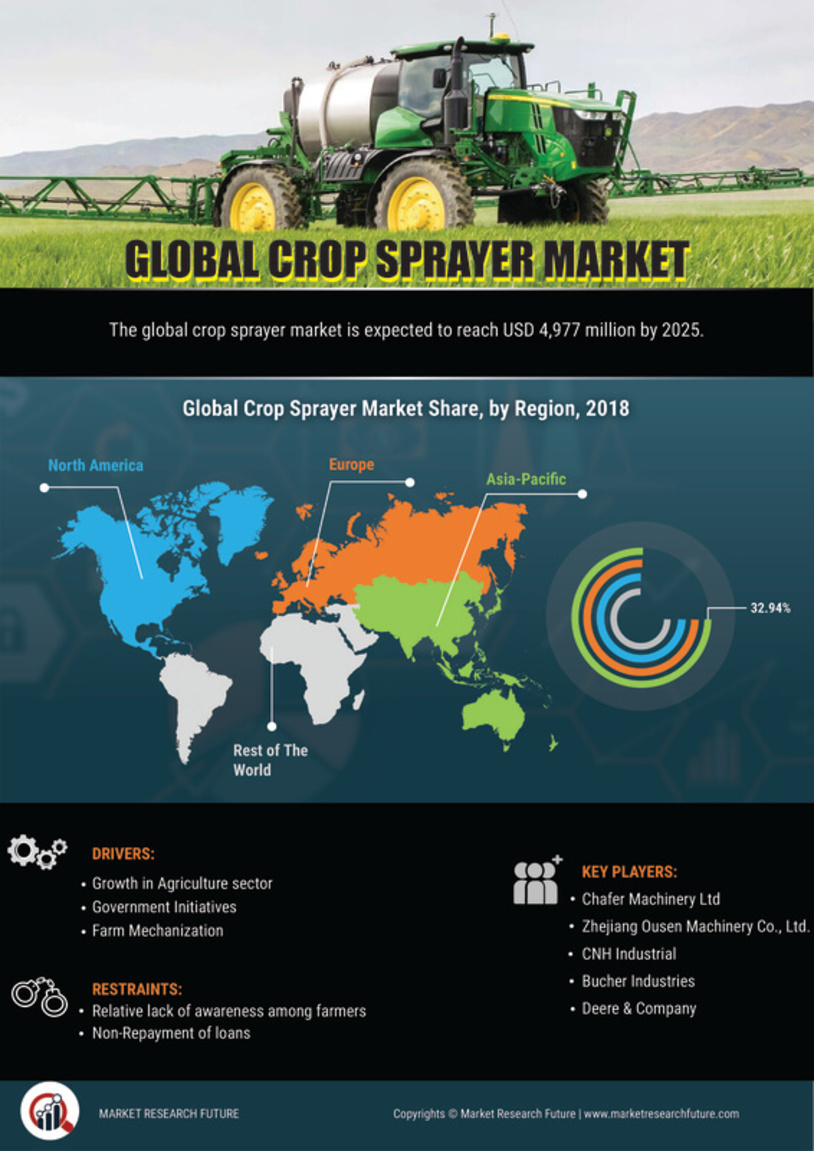

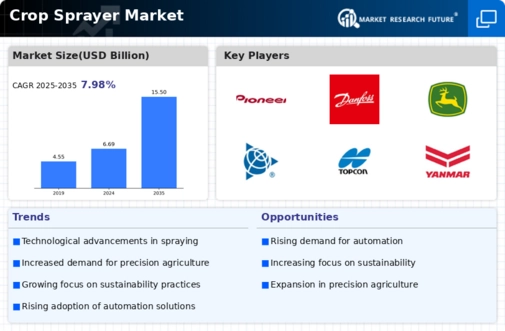
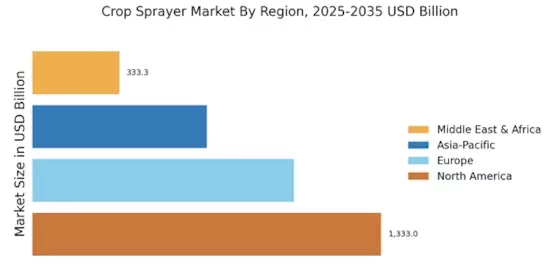
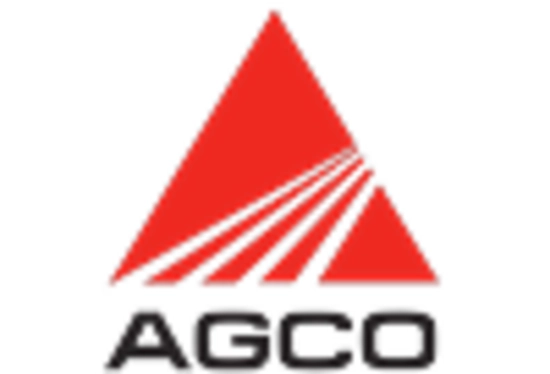

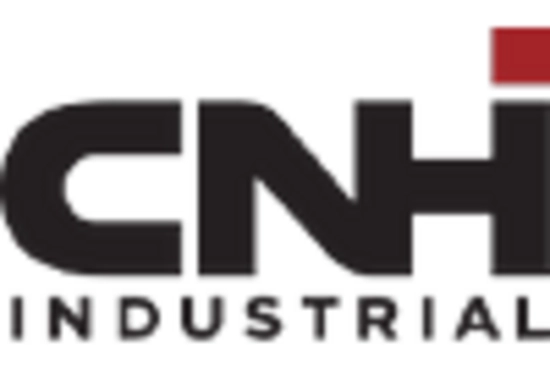











Leave a Comment